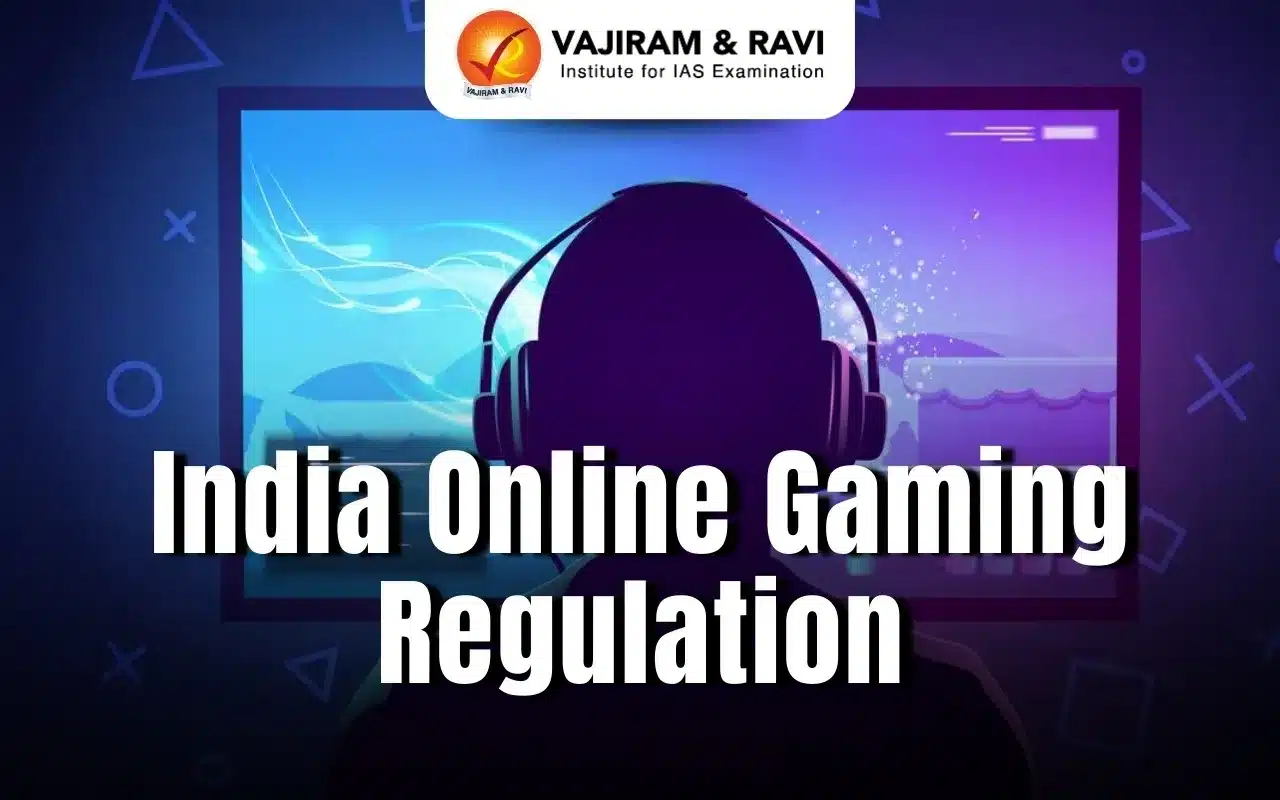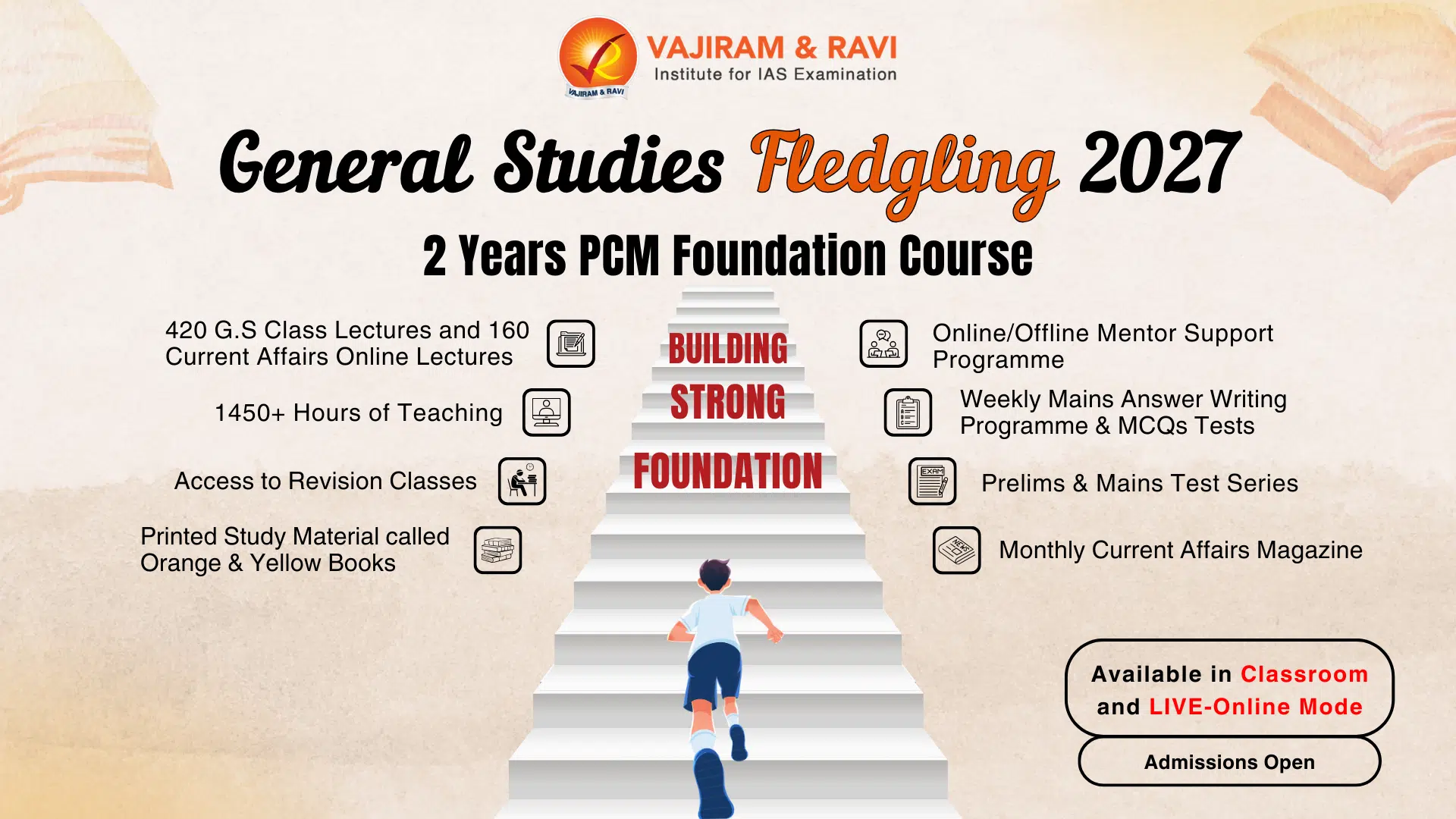What’s in Today’s Article?
- NASA SPHEREx and PUNCH Missions Latest News
- Key Aspects of the SPHEREx Space Telescope
- Key Highlights of the PUNCH Mission
- NASA SPHEREx and PUNCH Missions FAQs
NASA SPHEREx and PUNCH Missions Latest News
- NASA successfully launched the SPHEREx and PUNCH space missions from California after multiple delays.
- PUNCH, a solar mission comprising four small satellites, was deployed 10 minutes after launch. It will capture detailed 3D images of the solar corona, study solar winds, and improve space weather predictions.
Key Aspects of the SPHEREx Space Telescope
- Spectro-Photometer for the History of the Universe, Epoch of Reionization and Ices Explorer (SPHEREx) entered a sun-synchronous orbit 650 km above Earth.
- This mission will collect data from 450 million galaxies and 100 million stars to create a detailed 3D sky map and study the universe's history.
Creating the Most Colorful Map of the Cosmos
- SPHEREx will map the universe using both optical and infrared light.
- While the human eye can see optical light, infrared reveals hidden details like distant galaxies, star formation, and galactic structures.
- Unlike the James Webb Space Telescope (JWST), which focuses on specific regions, SPHEREx will scan the entire sky every six months in 102 infrared colors, providing an unprecedented view of the cosmos.
Studying Cosmic Inflation
- SPHEREx aims to shed light on cosmic inflation, a rapid expansion of the universe that occurred 14 billion years ago.
- By mapping the 3D positions of 450 million galaxies, the telescope will help scientists test theories about this mysterious phenomenon, improving our understanding of the universe’s origins.
Identifying Life-Forming Molecules in the Milky Way
- SPHEREx will search for biogenic molecules, such as carbon, hydrogen, and oxygen, frozen in icy particles across the Milky Way.
- These molecules are essential for life and may have traveled to Earth from deep space.
- By mapping their locations, scientists hope to uncover how these molecules contributed to the formation of life.
Key Highlights of the PUNCH Mission
- The Polarimetry to Unify the Corona and Heliosphere (PUNCH) mission, a solar mission comprising four small satellites, was deployed 10 minutes after launch.
- It will capture detailed 3D images of the solar corona, study solar winds, and improve space weather predictions.
First 3D Imaging of the Solar Corona Using Polarized Light
- PUNCH is the first solar mission designed to use polarized light to measure the solar corona and solar wind in 3D.
- Polarized light consists of waves vibrating in a single plane, unlike unpolarized light, which oscillates in multiple directions.
- It occurs naturally (e.g., sky scattering) or through filters like sunglasses and scientific instruments.
- The mission will provide overlapped heliospheric-coronagraphic imaging, allowing scientists to study the continuous flow of solar winds without distinct boundaries.
Importance for Space Weather Prediction
- Solar winds and coronal mass ejections (CMEs) can disrupt satellite communications, GPS navigation, and power grids on Earth.
- PUNCH’s data will enhance space weather predictions, helping protect Earth’s technology and space missions.
High-Resolution 3D Imaging Using Four Cameras
- PUNCH consists of three Wide Field Imagers (WFI) and one Narrow Field Imager that capture images of the sun’s corona every four minutes using polarizing filters.
- These images will be combined to create a detailed 3D map of the solar wind’s structure and evolution.
Understanding Solar Wind and Coronal Mass Ejections (CMEs)
- PUNCH will help scientists identify where solar winds and CMEs originate, how they accelerate, and their journey through interplanetary space.
- This will improve timely space weather forecasting and help understand the forces acting in the corona.
Unique Virtual Instrument Approach
- Unlike previous solar missions, PUNCH’s four-camera system operates as a single virtual instrument, generating large-scale imagery data to provide an unprecedented 3D view of the sun’s outer atmosphere.
NASA SPHEREx and PUNCH Missions FAQs
Q1. What is the purpose of NASA’s SPHEREx mission?
Ans. SPHEREx will create a 3D sky map, study cosmic inflation, and analyze life-forming molecules in space.
Q2. How does the PUNCH mission help in space research?
Ans. PUNCH will capture 3D images of the solar corona and solar winds, improving space weather predictions.
Q3. What makes SPHEREx different from the James Webb Telescope?
Ans. Unlike JWST, SPHEREx scans the entire sky every six months using 102 infrared colors.
Q4. How will PUNCH improve space weather forecasting?
Ans. By tracking solar winds and coronal mass ejections, PUNCH will enhance predictions of disruptions to satellites and power grids.
Q5. What technology does PUNCH use for solar observations?
Ans. PUNCH employs four cameras with polarizing filters to capture high-resolution, 3D images of the sun’s outer atmosphere.







